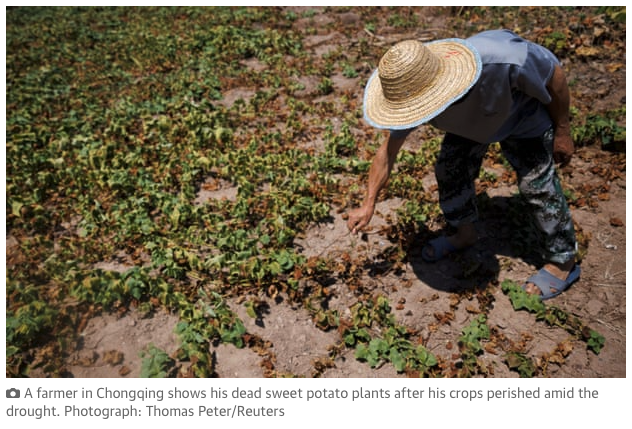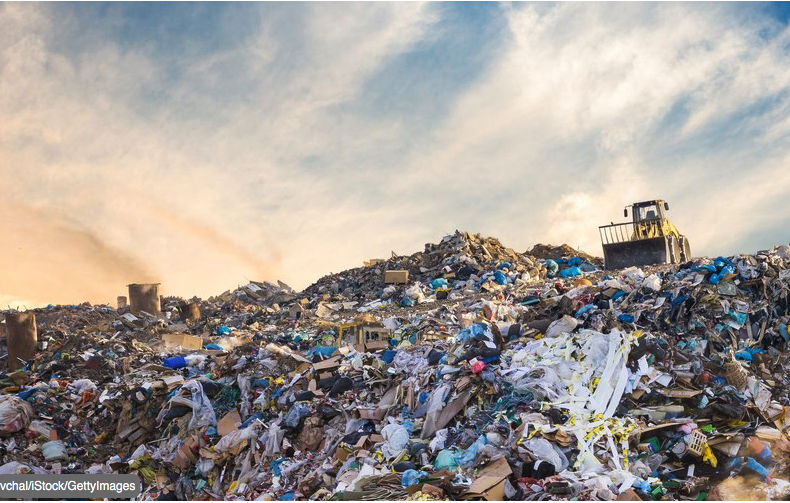A drought in China is threatening food production, prompting the government to order local authorities to take all available measures to ensure crops survive the hottest summer on record.
On Tuesday, four government departments issued an urgent joint emergency notice, warning that the autumn harvest was under “severe threat”. It urged local authorities to ensure “every unit of water … be used carefully”, and called for methods included staggered irrigation, the diversion of new water sources, and cloud seeding.
A record-breaking heatwave combined with a months-long drought during the usual flood season has wreaked havoc across China’s usually water-rich south. It has dried up parts of the Yangtze River and dozens of tributaries, drastically affecting hydropower capacity and causing rolling blackouts and power rationing as demand for electricity spikes. There is now concern about future food supply.



